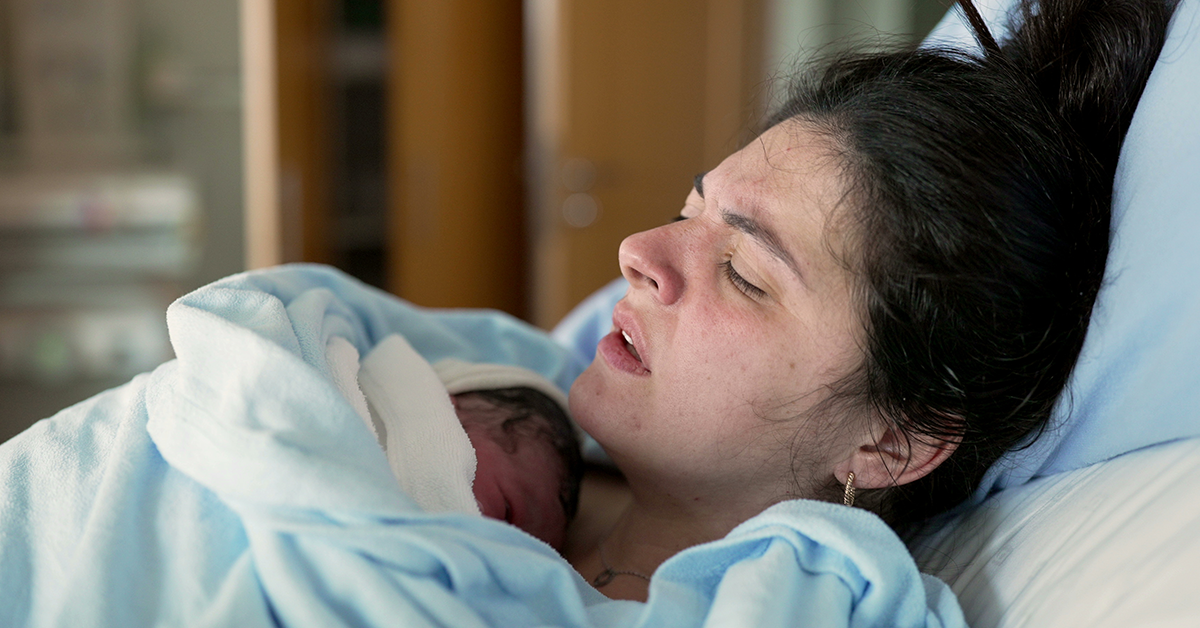While technology advances, so do the prospects of healing the sick and repairing the disabled parts of our bodies. However, with progress comes costs ¾ the costs of the people injured and the lives lost by medical devices being designed and manufactured with defects and without sufficient safeguards or warnings.
In many respects, the defective medical device is subject to the same considerations of liability as any other products manufactured and sold to the public. This holds true whether the device is bought directly by the consumer, or is sold to a physician or a hospital for use by the physician or other practitioner in the treatment of the patient who is the ultimate consumer. A product defect, be it in design, manufacture, or labeling, is unlikely to be unique to a given class of products.
Unlike the consumer of other products, the patient may be in a position of risk before use of a given medical device is even contemplated. In the medical setting, risk-benefit considerations must involve at least two additional components: the risk of not using the device (i.e., not performing the operation) and the fact that a device is often used in an emergency situation or when the patient is unconscious and unable to give consent. Furthermore, the availability of alternative options is generally limited, particularly after an operation has begun. A further complicating factor in the analysis of medical devices is that not all applications occur in an emergency or life-threatening situations. The elective operation, which frequently involves implantation of a device or material, is apt to be undertaken to improve the quality of life of the patient, who up to the time of the operation has been existing in a state of discomfort or disability.
Because of the nature of the risks to a patient from the underlying disease or injury, as well as from the treatment (including the use of devices), and because the patient is frequently powerless to exert a choice, medical devices are subject to a greater degree of regulation than any other class of device. The responsibility of regulation is delegated to the Food and Drug Administration (FDA) as set forth in the Federal Food, Drug and Cosmetic Act, 21 U.S.C. §§ 301–399, and its subsequent amendments, most notably the Medical Device Amendments of 1976 (MDA). These regulations cover the manufacturing process, premarket review or classification, and regulation of devices by risk categories.
Our legal system must learn to address new issues presented by the growing use of advanced medical devices. The attorneys at Swartz & Swartz, P.C. have the resources and experience necessary to assist with any questions or concerns you may have regarding your medical care or care provided to a loved one. Please contact our Boston, Massachusetts office at (617) 742-1900, or toll-free at 1-800-545-3732.
Keep Reading
Want more? Here are some other blog posts you might be interested in.



